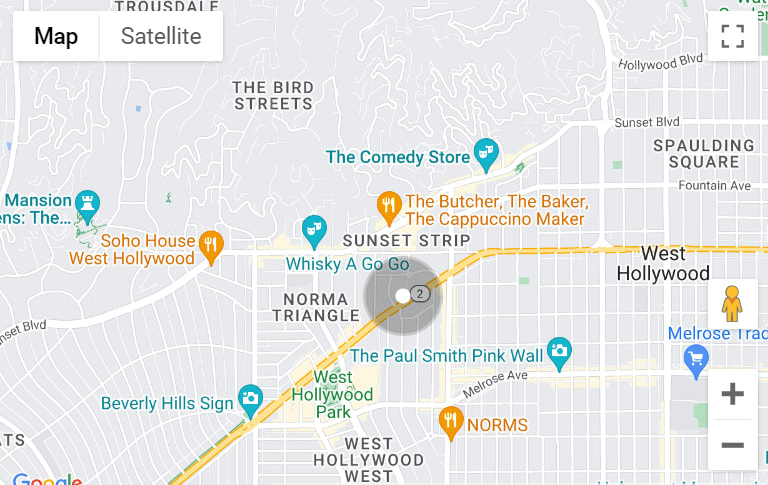2024 Perseid Meteor Shower
As summer reaches its peak, we eagerly await one of the most spectacular astronomical events of the year: the Perseids Meteor Shower.
Image Courtesy of Nasa
What Are the Perseids?
The Perseids Meteor Shower is an annual event that occurs when Earth passes through the debris left behind by the Swift-Tuttle comet. This comet, discovered in 1862, orbits the Sun every 133 years, leaving a trail of dust and particles in its wake. As our planet moves through this debris field, the particles enter our atmosphere at high speeds and burn up, creating bright streaks of light across the sky.1
When to Watch
This year the Perseids will peak on August 11-August 12, with good viewing conditions for a few days on either side of the peak (although the days leading up to the peak are usually better than the days after). During the peak, normal rates seen from rural locations range from 50-75 meteors per hour at maximum, with optimal conditions.2
Best Time to Watch
The best time to watch the Perseids is after the moon has set. On August 11, the moon will set below the horizon around 11:15 pm.3 Although the moon will be 44% full, it will set around the time that the strongest meteor shower activity starts to occur.2
Where to Watch
For the best viewing experience, find a location away from city lights with a clear, unobstructed view of the sky. The meteors will appear to radiate from the constellation Perseus, which will be visible in the northeastern part of the sky after midnight. However, meteors can be seen all over the sky, so don't focus exclusively on one area. Luckily for us, Colorado has fifteen DarkSky designations, ten parks, and five communities across the state.
Image Courtesy of Utah Geospatial Resource Center
International Dark Sky Parks
A certified Dark Sky Park is land possessing an exceptional or distinguished quality of starry nights and a nocturnal environment that is specifically protected for its scientific, natural, or educational value, its cultural heritage, and/or public enjoyment.4
International Dark Sky Parks in Colorado:
Black Canyon of the Gunnison National Park
Curecanti National Recreation Area
Dinosaur National Monument
Florissant Fossil Beds National Monument
Great Sand Dunes National Park and Preserve
Hovenweep National Monument
Jackson Lake State Park
Mesa Verde National Park
Slumgullion Center
Top of the Pines
Certified Dark Sky Communities
A Dark Sky Community is a town, city, municipality, or other legally organized community that has shown exceptional dedication to the preservation of the night sky through the implementation and enforcement of a quality outdoor lighting ordinance, dark sky education, and citizen support of dark skies.4
Certified Dark Sky Communities in Colorado:
Crestone
Norwood
Nucla/Naturita
Ridgway
Westcliffe/Silver Cliff
Image Courtesy of Dark Sky Map
How to Prepare
Find a Dark Sky Location: Light pollution can greatly diminish your ability to see the meteors. Visit one of the designated places mentioned above, or use the Dark Sky map to find a place closer to you.
Check the Weather: Clear skies are crucial for meteor watching. Check the local weather forecast to ensure good visibility. If the visibility isn’t great on the peak, look for the best opportunity for a few days on either side.
Give Your Eyes Time to Adjust: It takes about 20-30 minutes for your eyes to adapt to the darkness fully. Avoid looking at bright lights, including your phone screen, during this time. If you need a light, make sure to bring a red flashlight.
Mark your calendar, prepare your viewing spot, and get ready to be amazed!
Additional Resources
American Meteor Society: Meteor Shower Calendar
Colorado Tourism Office: A Guide to Colorado’s International Dark Sky Places
Sources
1 NASA



